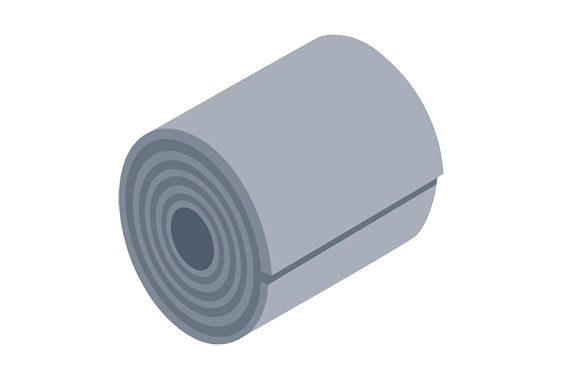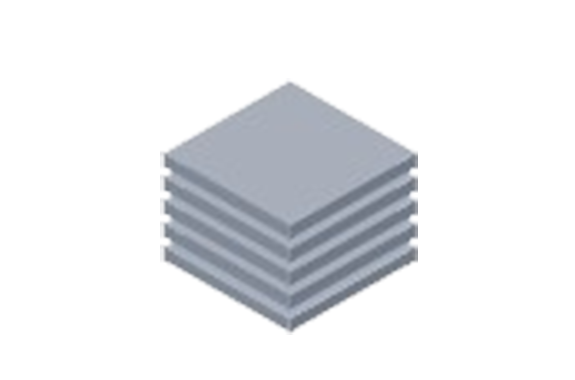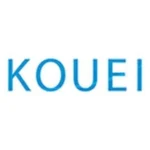Nippon Yakin Kogyo Co., Ltd
Nippon Yakin Kogyo NAS255 Corrosion Resistant Alloys

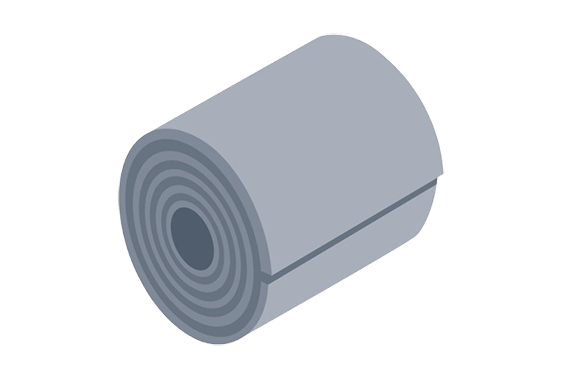
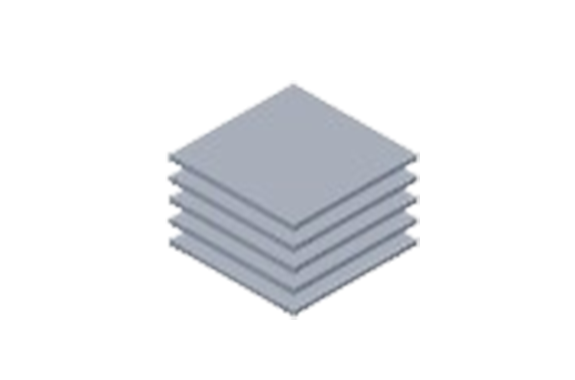
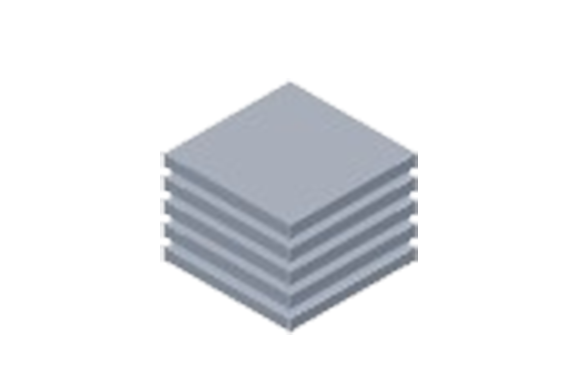
Manufacturer: Nippon Yakin Kogyo Co., Ltd
Model: NAS255
JIS SUS890L
UNS N08904
DIN/EN 1.4539
NAS255 (UNS N08904, SUS890L) is an austenitic stainless steel with superior corrosion resistance in comparison with Type 316L. Due to addition of Cu (1.5%), this material displays excellent corrosion resistance against reducing acids such as sulfuric acid and phosphoric acid. It is used in chemical plants and a wide range of other applications. Nippon Yakin supplies this product in plate, sheet and strip form.
| Chemical Composition | 20Cr-24Ni-4.3Mo-1.5Cu | ||
| Product shape |
| 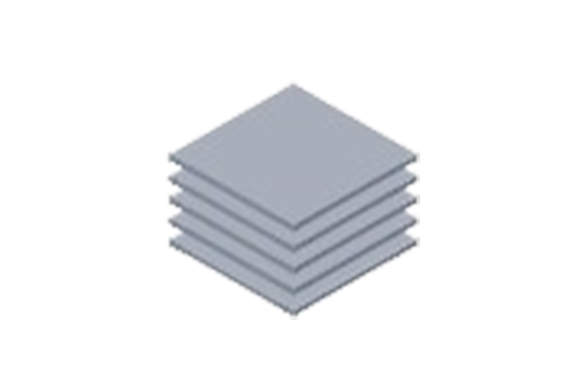 Sheet |
|
| Workability | Cold and hot workability are approximately equal to those of Type 304, 316, and other standard austenitic stainless steels. | ||
| Weldability | Weldability is on the same level as ordinary austenitic stainless steels. Preheating and post-heating are not necessary. As welding electrodes, in applications under severe corrosion environments, use of welding consumables with equal or higher corrosion resistance is recommended. When the corrosion environment is not severe, and when the purpose of welding is for joining, matching welding consumables may be used. | ||
| Heat Treatment | Solution annealing of NAS255 should be performed at 1095°C and higher followed by being quenched in water or rapidly cooled by other means. (Conditions provided in ASTM A480/A480M) | ||
| Pickling | A mixture of nitric acid and hydrofluoric acid is used in pickling. However, due to the high corrosion resistance of NAS255, scale is somewhat difficult to remove in comparison with Type 304. Therefore, the material should be immersed in an alkaline solution before pickling, or if possible, shot blasting is extremely effective. | ||
| Applications | Chemical plants, Environment-related equipment, Heat exchangers, Food manufacturing plants. | ||
Steel Grade/Stadard
| Nippon Yakin Grade | JIS G 4304/4305 | ASTM A240 | EN |
| NAS255 | SUS890L | UNS N08904 | 1.4539 |
Chemical Composition
| Specification | C | Si | Mn | P | S | Ni | Cr | Mo | Cu | N |
| SUS890L | ≤ 0.020 | ≤ 1.00 | ≤ 2.00 | ≤ 0.045 | ≤ 0.030 | 23.00 ~ 28.00 | 19.00 ~ 23.00 | 4.00 ~ 5.00 | 1.00 ~ 2.00 | — |
| UNS N08904 | ≤ 0.020 | ≤ 1.00 | ≤ 2.00 | ≤ 0.045 | ≤ 0.035 | 23.00 ~ 28.00 | 19.00 ~ 23.00 | 4.00 ~ 5.00 | 1.00 ~ 2.00 | ≤ 0.1 |
Physical Properties
| Density | [g/cm³] | 8.05 |
| Specific heat | [J/kg · K] | 452 |
| Electrical resistivity | [μΩ · cm] | 97.2 |
| Thermal conductivity | [W/m · K] | 12.2 |
| Average coefficient of thermal expansion [10⁶/°C] | 20~100°C | 14.4 |
| 20~200°C | 14.9 | |
| 20~300°C | 15.3 | |
| 20~400°C | 15.7 | |
| Young’s modulus | [MPa] | 19.0 × 10⁴ |
| Magnetism | None | |
| Melting range | [°C] | 1360~1397 |
Mechanical Properties
Mechanical Properties at Room Temperature
| Specification | 0.2% proof stress [MPa] | Tensile strength [MPa] | Elongation [%] | Hardness [HRBW] |
|---|---|---|---|---|
| Specification (SUS890L) | ≥215 | ≥490 | ≥35 | ≤90 |
| Specification (UNS N08904) | ≥220 | ≥490 | ≥35 | ≤90 |
| Hot-rolled plate 12mm* | 247 | 593 | 57 | 86 |
| Cold-rolled sheet 2mm* | 291 | 632 | 43 | 79 |
Corrosion Resistance
Because NAS255 contains high concentrations of chromium, nickel and molybdenum, it offers excellent pitting corrosion resistance, crevice corrosion resistance, stress corrosion cracking (SCC) resistance and acid resistance in comparison with Type 304 and Type 316L.
Pitting Corrosion Resistance
| Alloy | ASTM G48 Method A | ASTM G48 Method C | |
|---|---|---|---|
| 22°C | 50°C | Critical pitting corrosion temperature CPT (°C) | |
| SUS304 | × | × | 10 |
| SUS316L | × | × | 15 |
| NAS255 | ○ | ○ | 50 |
Test conditions
ASTM G48 Method A (○: No pitting corrosion, ×: Pitting corrosion)
Test solution: 6%FeCl₃
Test temperature: 22°C, 50°C (Recommended temperature in this test)
Test time: 72h
ASTM G48 Method C
Test solution: 6%FeCl₃ + 1%HCl
Test time: 72h
Crevice Corrosion Resistance
| Alloy | ASTM G48 Method D |
|---|---|
| SUS304 | <−10 |
| SUS316L | <−10 |
| NAS255 | 10 |
Test conditions: ASTM G48 Method D
Test solution: 6%FeCl₃ + 1%HCl
Test time: 72h
Stress Corrosion Cracking Resistance
Alloy | MgCl₂ concentration (boiling point °C are in brackets) | |||||||
45% (155°C) | 42% (143°C) | 40% (138°C) | 38% (134°C) | 35% (126°C) | 30% (115°C) | 25% (110°C) | 20% (108°C) | |
| SUS304 | × | × | × | × | × | × | ○ | ○ |
| SUS316L | × | × | × | × | × | ○ | ○ | ○ |
| NAS255 | × | × | × | × | ○ | ○ | ○ | ○ |
Test conditions
- Immersion in boiling MgCl₂ solution
- Test time: 300h
- U-bend test specimen is used.
Acid Resistance
| Alloy | 5% | 10% | 20% | 40% | 60% | 80% |
|---|---|---|---|---|---|---|
| SUS304 | 1.93 | 14.59 | 195.2 | 1347 | 231.8 | 151.4 |
| SUS316L | 1.67 | 4.69 | 71.91 | 764.9 | 70.4 | 33.74 |
| NAS255 | <0.01 | <0.01 | 0.78 | 2.95 | 0.48 | 5.01 |
Test time: 24h
Corrosion rate in hydrochloric acid at 80°C (mm/y)
| Alloy | 0.1% | 1% | 2% | 3% |
|---|---|---|---|---|
| SUS304 | 0.02 | 2.42 | 7.16 | 18.99 |
| SUS316L | 0.02 | 2.73 | 6.75 | 14.88 |
| NAS255 | <0.01 | 0.01 | 2.70 | 3.72 |
Test time: 24h
(Reference)
| Alloy | JIS | UNS No. | Chemical composition |
|---|---|---|---|
| SUS304 | SUS304 | S30400 | 18Cr-8Ni |
| SUS316L | SUS316L | S31603 | 17Cr-12Ni-2Mo |
| NAS255 | SUS890L | N08904 | 20Cr-24Ni-4.3Mo-1.5Cu |
Workability
Cold and hot workability are approximately equal to those of Type 304, 316, and other standard austenitic stainless steels.
Weldability
Weldability is on the same level as ordinary austenitic stainless steels. Preheating and post-heating are not necessary. As welding electrodes, in applications under severe corrosion environments, use of welding consumables with equal or higher corrosion resistance is recommended. When the corrosion environment is not severe, and when the purpose of welding is for joining, matching welding consumables may be used.
Heat Treatment
Solution annealing of NAS255 should be performed at 1095°C and higher followed by being quenched in water or rapidly cooled by other means. (Conditions provided in ASTM A480/A480M)
Pickling
A mixture of nitric acid and hydrofluoric acid is used in pickling. However, due to the high corrosion resistance of NAS255, scale is somewhat difficult to remove in comparison with Type 304. Therefore, the material should be immersed in an alkaline solution before pickling, or if possible, shot blasting is extremely effective.
Applications
Chemical plants, Environment-related equipment, Heat exchangers, Food manufacturing plants.
Related Products
-
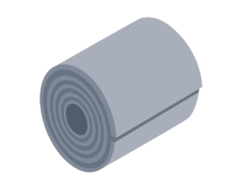
Nippon Yakin Kogyo NAS21-6 Controlled Expansion Alloys
-
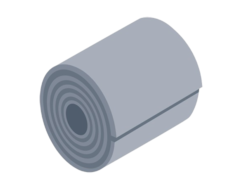
Nippon Yakin Kogyo NAS354N Corrosion Resistant Alloys
-
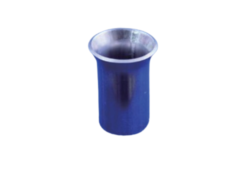
Nippon Yakin Kogyo NASH880 Heat Resistant Alloys
-
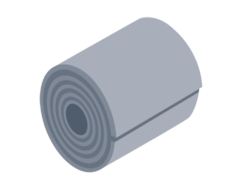
Nippon Yakin Kogyo NAS185N Corrosion Resistant Alloys
-
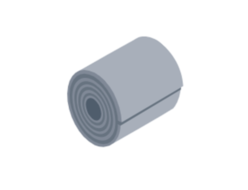
Nippon Yakin Kogyo NAS36LG Controlled Expansion Alloys
-
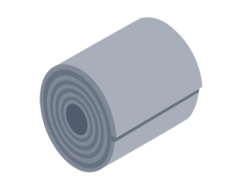
Nippon Yakin Kogyo NAS355N Corrosion Resistant Alloys

